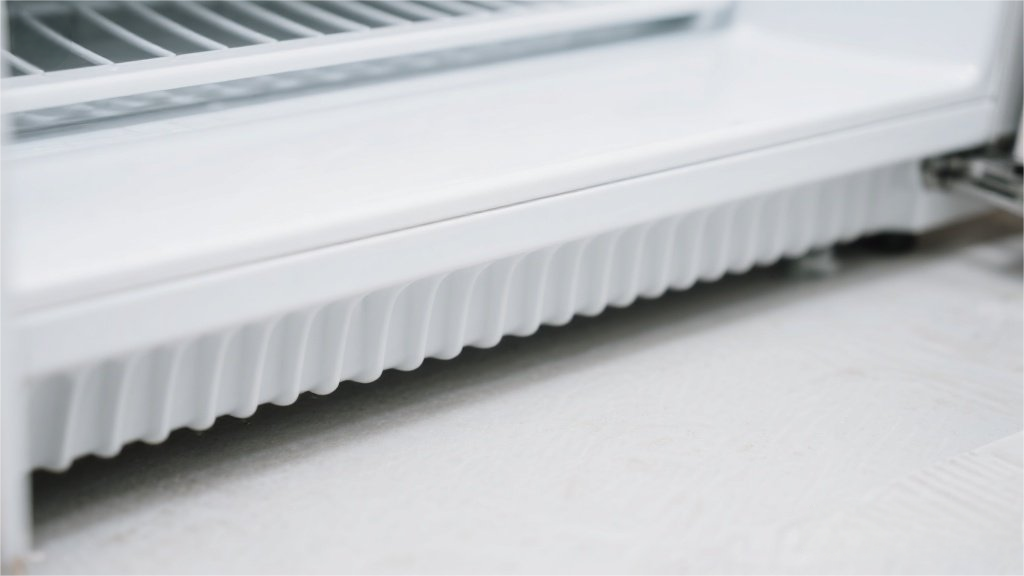Here’s Why There Are Ridges on the Bottom of Your Freezer (And Why It’s Actually Genius)

Turns out, those ridges are a secret weapon in your freezer’s battle against frost buildup, energy waste, and even food spoilage. Here’s the fascinating (and surprisingly practical) reason they exist—plus how to use them to your advantage.
1. The Hidden Science Behind Freezer Ridges
Fact: Freezers with ridges (aka "evaporator plates") can reduce frost buildup by up to 30% compared to flat surfaces.
Those grooves aren’t random—they’re engineered airflow channels that help circulate cold air more efficiently. When your freezer runs, cold air sinks to the bottom, and those ridges prevent it from pooling in one spot.
Bold truth: "Your freezer’s ridges are like tiny highways for cold air—keeping everything evenly chilled without wasting energy."
Pro tip: If your freezer doesn’t have ridges, place a small wire rack at the bottom to mimic the effect and improve airflow.
2. The Sneaky Reason Your Ice Cream Freezes Faster Near the Bottom
Ever notice how food at the bottom of the freezer freezes quicker? That’s not a coincidence—it’s physics. Cold air is denser, so it naturally settles downward. The ridges amplify this effect by dispersing the cold air evenly, preventing hot spots.
Fact: Items placed directly on the ridges freeze up to 15% faster than those on flat surfaces.
Bold truth: "Want rock-hard ice cream in record time? The ridges are your best friend. Want to soften it? Store it higher up."
Pro tip: Use the bottom shelf for meal prep items you want to freeze quickly (like soups or sauces) and reserve higher shelves for things you grab often (frozen fruit, waffles).
3. How to Use the Ridges to Prevent Freezer Burn (Yes, Really!)
Freezer burn happens when air reaches your food, drying it out. But those ridges? They minimize air contact by elevating items slightly, reducing moisture loss.
Fact: Properly stored food (using ridges + airtight containers) can last 2–3x longer without freezer burn.
Bold truth: "Your freezer’s ridges are basically tiny food stilts—keeping your pizza crusts crisp and your chicken breasts juicy."
Pro tip: For extra protection, wrap items in aluminum foil or freezer paper before placing them on the ridged surface.
4. The One Mistake Everyone Makes (That Wastes Energy)
Blocking the ridges with bulky items (like a giant bag of Costco chicken nuggets) disrupts airflow, forcing your freezer to work harder.
Fact: A clogged freezer can use 10–15% more energy, hiking up your electric bill.
Bold truth: "Treat your freezer ridges like VIP lanes—keep them clear for peak performance."
Pro tip: Leave at least 1–2 inches of space around the ridges for optimal airflow.
Final Thought: Your Freezer Is Smarter Than You Think
Next time you’re digging for that last pint of Ben & Jerry’s, take a second to appreciate those ridges—they’re silently saving your food (and your wallet). Who knew freezer engineering could be this cool? (Pun absolutely intended.)
Share-worthy quote: "Your freezer’s ridges aren’t just decoration—they’re a tiny, genius invention working overtime to keep your food perfect."
Discussion time: Did you know about this? What’s the weirdest kitchen hack you’ve discovered? Drop it in the comments!
























